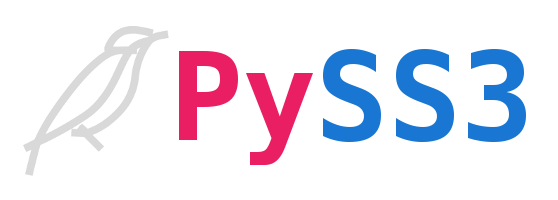New Benchmarks for Learning on Non-Homophilous Graphs
Here are the codes and datasets accompanying the paper:
New Benchmarks for Learning on Non-Homophilous Graphs
Derek Lim (Cornell), Xiuyu Li (Cornell), Felix Hohne (Cornell), and Ser-Nam Lim (Facebook AI).
Workshop on Graph Learning Benchmarks, WWW 2021.
[PDF link]
There are codes to load our proposed datasets, compute our measure of the presence of homophily, and train various graph machine learning models in our experimental setup.
Organization
main.py contains the main experimental scripts.
dataset.py loads our datasets.
models.py contains implementations for graph machine learning models, though C&S (correct_smooth.py, cs_tune_hparams.py) is in separate files. Also, gcn-ogbn-proteins.py contains code for running GCN and GCN+JK on ogbn-proteins. Running several of the GNN models on larger datasets may require at least 24GB of VRAM.
homophily.py contains functions for computing homophily measures, including the one that we introduce in our_measure.
Datasets
As discussed in the paper, our proposed datasets are "twitch-e", "yelp-chi", "deezer", "fb100", "pokec", "ogbn-proteins", "arxiv-year", and "snap-patents", which can be loaded by load_nc_dataset in dataset.py by passing in their respective string name. Many of these datasets are included in the data/ directory, but due to their size, yelp-chi, snap-patents, and pokec are automatically downloaded from a Google drive link when loaded from dataset.py. The arxiv-year and ogbn-proteins datasets are downloaded using OGB downloaders. load_nc_dataset returns an NCDataset, the documentation for which is also provided in dataset.py. It is functionally equivalent to OGB's Library-Agnostic Loader for Node Property Prediction, except for the fact that it returns torch tensors. See the OGB website for more specific documentation. Just like the OGB function, dataset.get_idx_split() returns fixed dataset split for training, validation, and testing.
When there are multiple graphs (as in the case of twitch-e and fb100), different ones can be loaded by passing in the sub_dataname argument to load_nc_dataset in dataset.py.
twitch-e consists of seven graphs ["DE", "ENGB", "ES", "FR", "PTBR", "RU", "TW"]. In the paper we test on DE.
fb100 consists of 100 graphs. We only include ["Amherst41", "Cornell5", "Johns Hopkins55", "Penn94", "Reed98"] in this repo, although others may be downloaded from the internet archive. In the paper we test on Penn94.
Installation instructions
- Create and activate a new conda environment using python=3.8 (i.e.
conda create --name non-hom python=3.8) - Activate your conda environment
- Check CUDA version using
nvidia-smi - In the root directory of this repository, run
bash install.sh cu110, replacing cu110 with your CUDA version (i.e. CUDA 11 -> cu110, CUDA 10.2 -> cu102, CUDA 10.1 -> cu101). We tested on Ubuntu 18.04, CUDA 11.0.
Running experiments
- Make sure a results folder exists in the root directory.
- Our experiments are in the
experiments/directory. There are bash scripts for running methods on single and multiple datasets. Please note that the experiments must be run from the root directory. For instance, to run the MixHop experiments on snap-patents, use:
bash experiments/mixhop_exp.sh snap-patents
Some datasets require specifying a second sub_dataset argument e.g. to run MixHop experiments on the twitch-e, DE sub_dataset, do:
bash experiments/mixhop_exp.sh twitch-e DE
Otherwise, run python main.py --help to see the full list of options for running experiments. As one example, to train a GAT with max jumping knowledge connections on (directed) arxiv-year with 32 hidden channels and 4 attention heads, run:
python main.py --dataset arxiv-year --method gatjk --hidden_channels 32 --gat_heads 4 --directed







